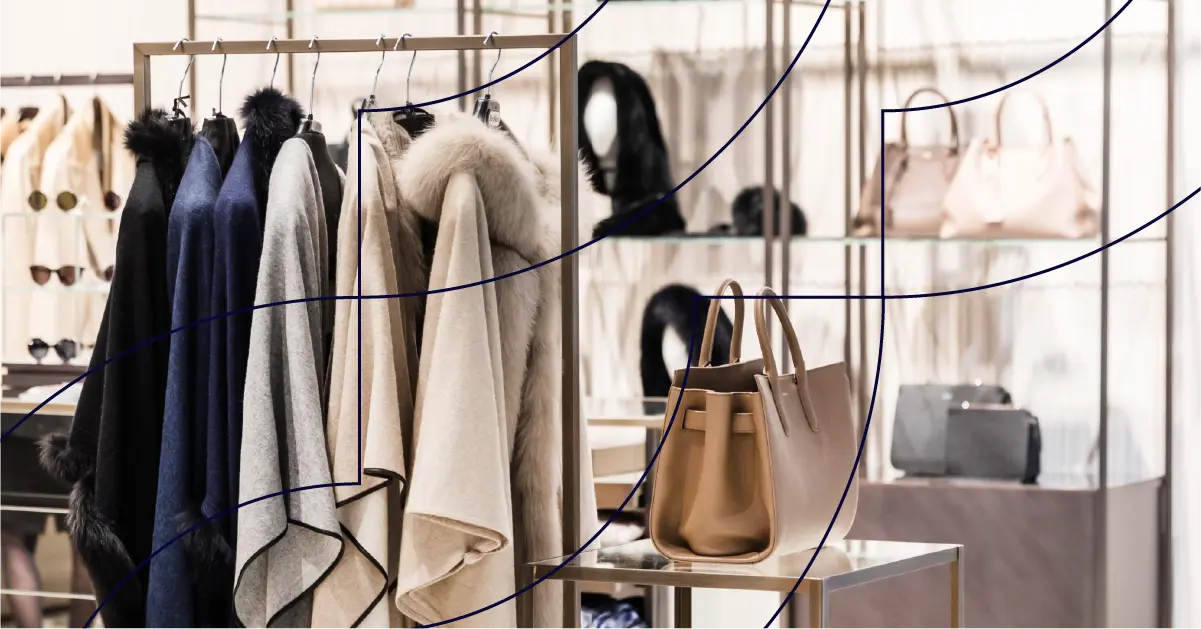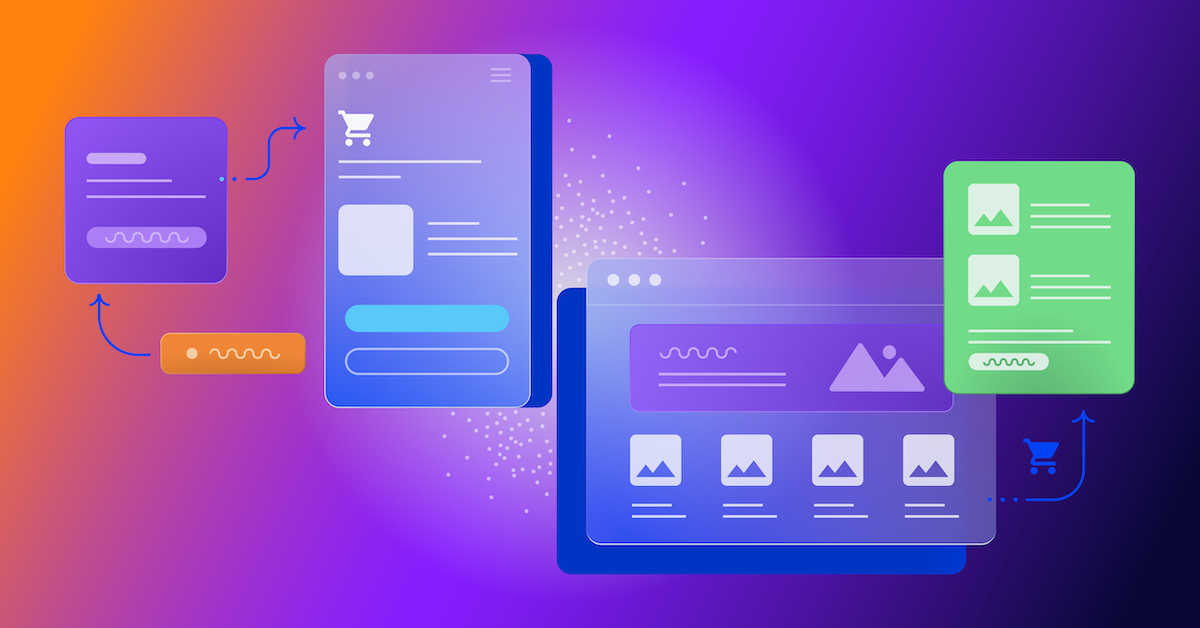The ecommerce boom hit luxury companies, too. Here’s what that means for the digital team.
How do you define luxury in an age when so much of the customer experience isn’t something you can touch? Leading brands, from clothing to travel, have had to answer that question, as they have been finding new ways to give customers a rare and magical experience.

Kirsten Allegri Williams

Here’s what a group of digital leaders from luxury brands said about the future of the industry in a closed-door session:
The stakes are high – and growing
Much of the value that will be unlocked in the coming decade will come from luxury. The richest man in Europe is not a tech entrepreneur but the head of a conglomerate of luxury brands LVMH Moët Hennessy – Louis Vuitton SE. The global luxury market is expected to grow by $72 billion in the next three years alone.
Understanding the essence of luxury
As business guru and NYU Professor Scott Galloway has said, “luxury goods do something for us that nothing else can.” In the presence of richness and beauty, our brain gets access to certain elevated emotions that it can’t get anywhere else. But what are the functional elements that define a luxury experience? And how is that changing as ecommerce expands?
In the past, scarcity has been a driver. The more we work to obtain something, the rarer and more valuable it seems to us. But with the advent of digital experience, the experience of luxury has by definition become more intangible.
Here’s how some leading brands are encoding luxury into their digital experience:
Decide who to disappoint
Even if you can’t construct a physical environment in which goods are behind glass or on a pedestal, you can limit their availability by only deciding to manufacture a limited amount. The tradeoff is that, while maintaining exclusivity, you will be losing out on potential profit and an expanded market.
Another option is to increase the price point, and produce as many goods as the market demands.
Infuse experiences with emotion
Sometimes it isn’t the rarity of the goods, but the rarity of the emotion they inspire – or even the customer experience that leads up to a purchase or after a purchase.
The catch is that some emotional experiences are highly contextual. What moves people in a store might not work online. What people are excited about uptown might leave them cold in a downtown neighborhood.
Key takeaways for digital teams:
The heat is not going away
During the pandemic, when ecommerce exploded, many heads of digital suddenly found themselves in the spotlight, dealing with a level of attention and a new battery of questions they didn’t always have the capacity to answer.
What we heard from the group is that even as stores are reopening, the attention has remained on digital. They need to get used to being leaders across the business.
There’s a shift from designer focus to consumer focus
No trend works in just one industry. As Amazon and other companies have changed the consumer experience based on user data, customers expect the digital experience – even of luxury brands – to conform to their tastes, not the other way around.
Once you start, it’s hard to stop
One takeaway from around the table was that luxury customers actually responded well to increased communication from brands, which was counterintuitive to the industry approach.
This means that more luxury brands will likely need to ramp up their communication as part of their revised digital experience. That leads to more customer data, more changes, and a greater role for digital teams at luxury companies.
What does a luxury experience mean to you, whether digital or physical?
